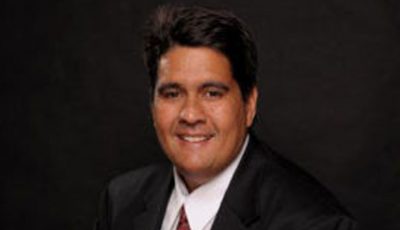Winter solstice
The shortest day and the longest night in the northern hemisphere make a shift and a turn in December. Christmas Day coincided with winter solstice, to say that the dark night of the soul will get shorter and the lighter day of salvation and redemption longer. Culturally, the day is a moment of rebirth, from the shadows of darkness to the power of light.
With urban lights and round-the-clock workdays, the length of daylight hours no longer makes any difference. Some of us have actually forgotten how the axial tilt of the planet and the gyroscopic effects of its rotation determined much of our life and behavior as the temperate zone parceled out the journey of winter, spring, summer, and fall.
Recently though, I noticed I am a creature of clock time. I just cleaned up the kitchen after breakfast, and on my way to the living room, I glanced at the wall clock that indicated it was half-an-hour before noon. Suddenly, my tummy growled for a bowl of soba. On my way back to the kitchen, I noticed that the second hand of the clock was not moving, and on closer investigation, I realized that it needed new batteries. After I got it back to running and I discovered that it was barely 9am I realized that my yen for soba disappeared. My tummy recognized the time; I was not hungry anymore!
The prehistoric monument in Wiltshire, England famously known as Stonehenge is a celebration of the winter solstice, with the two open spaces on the circular stones as where the light traveled when the light entered in the morning from the eastern side to the western exit, not a direct one but a refracted one from the center. That was a discovery 5,000 years ago in the land now called England.
Much earlier built was Newgrange in County Meath, Ireland, that predated the ritual function and physiological make-up of Stonehenge, a prehistoric monument whose mound and passage similarly captures the light. Other sites in existence serve the same function.
Something about the harvesting of slabs of stones was itself considered a feat since they were moved from source to destination. A famous slab weighs more than 500 lbs on the Western Wall of Jerusalem, currently a place of significance as Eretz Israel redefines Palestine exclusively as Jewish, angering Muslims whose activities at the Al-Aqsa Mosque (not to be confused with the Dome on the Rock at Judaism’s Temple Mount where Solomon’s Temple of Jerusalem once stood) is curtailed by police while allowing conservative Hebraic youth to frolic where the Muslims call upon Allah in their prayers during the day.
Those of us residing between the Tropic of Cancer north of the equator and the Tropic of Capricorn south are totally impervious to the mystique of winter solstice, but Jerusalem and the pyramids of Egypt, along with the mystery traditions of the Mediterranean and the Levant, used the metaphor of rebirth into their maps of social significance and communal rituals.
Japan in our neighborhood has the Amaterasu that celebrates a delightfully “human” sun goddess, particularly at its Shinto Ise Shrine, though not as monotheistic as the sun god Ra of Egypt from where the Ramses pharaohs derived their power of the scepter, and from where Moses was influenced in the monotheism of YHWH, Elohim Adonai.
The winter of our discontent in Dong Bei comes with the continuing burning of coal to power its electrical needs. Manchuria was first to industrialize in China, before Beijing, Shanghai, Guangzhou, Chongqing and Shenzhen found the heat that lit their fires. The Japanese made Changchun in Liaoning’s northern neighbor, the Province of Jilin, its automotive manufacturing center.
In the China-U.S. treaty on climate change, China vowed to cease its reliance on coal by 2030, the first time China tied itself to a date. With the increasing use of energy from renewable sources like wind, water, ocean tide and the sun, China has rolled up its sleeves and is not just whistling in the wind.
Meanwhile, the wonderlust of winter attracts visitors to the snow and ice sculpture festival in Harbin, Heilongjiang the first week of January. The Teutonic Yule gave us Yuletide season. Hanukkah commemorates the Maccabean revolt vs the Seleucids 2nd Century BC with a unique candelabrum of nine-branch menorah (usually, eight), or hanukiah, the festival of lights on the heels of the winter solstice. The Dec. 26th newly organized Kwanzaa started in North America by folks of West African descent utilizing Arabic-influence East African Swahili to show communal African solidarity.
The turn to lengthening days and shortening nights continues for six months until the summer solstice. But a sense of wellness unto life in the human psyche is an OS option year-round, not dependent on the warmth of the sun and the cold of winter but a simple matter of choice, regardless of one’s world location, even for a Jew in Palestine and an Arab in Jerusalem!
Not solstice automatic, but all is well who decides! Be well.



























